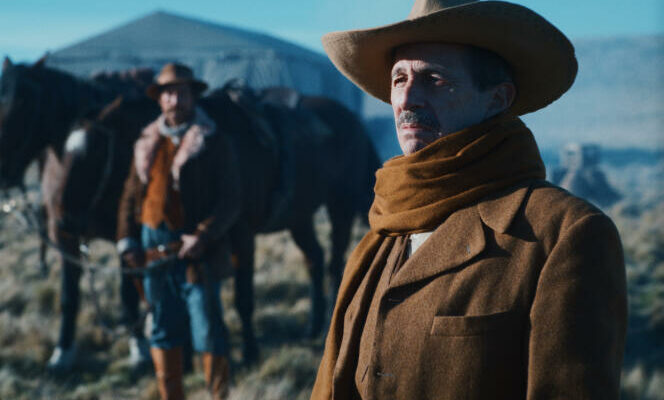THE OPINION OF THE “WORLD” – WHY NOT
At the turn of the 19th centurye and XXe centuries, the businessman José Menendez took over millions of hectares in Tierra del Fuego, straddling Chile and Argentina, with the approval of the authorities, and to the great dismay of the autonomous populations, the Selknam Indians, massacred in the aftermath of the operation.
The first feature film by Felipe Galvez, a Chilean living in Paris, born in 1983, deals precisely with this appropriation of territory by expanding capitalism, and the genocidal form that this greedy race may have taken on – as recently, in the United States, Martin Scorsese with Killers of the Flower Moon. The settlersa Brechtian western through the pampas, thus compensates for a deficiency in official Chilean history, which has not really been overcome, since, for example, the large spaces serving as the setting for the story still belong to the descendants of the Menendez family.
The scene opens in 1901. Menendez (the excellent Alfredo Castro) has his land fenced off as far as the eye can see and sends his foreman, Lieutenant MacLennan (Mark Stanley), wearing a British uniform, to open a passage for his cattle to Atlantic. An American gunslinger (Benjamin Westfall) and a native aide-de-camp are dispatched to him for this mission. Throughout the journey, Segundo (the “Second”, played by Camilo Arancibia: great idea for a first name) witnesses, helplessly, the abuses and atrocities committed by the whites.
Too theoretical characters
The settlers proves very strong in terms of topography: the land scarred by the stakes of privatization, the border redrawn with neighboring Argentina, the human silhouette put into perspective by the scale of the territory find striking translations on the screen. On the other hand, the drawing of human relationships is much less convincing, because the characters here are above all theoretical.
Each person makes himself the incarnation of an entity that is too general: the two masters, of the colonial spirit, delivering racist, macho and meaty statements at leisure, the Indian, of the silent indigenous witness, staring wide-eyed at the events. At this level of meaningful literality, it becomes difficult for a film to really hit the mark. And the vast colonial question is too summarily reduced to its small itinerant theater.
The film nevertheless serves as a second movement, more controlled in terms of political charge, set seven years after the events. At the time of the reparations granted by the government, an emissary (Marcelo Alonso) finds Segundo to take his statement and take a photo. A cruel and powerful moment, as the official fine still looks too much like a kidnapping, an image theft or a forced obtaining of impossible consent. Because Segundo saw.
You have 5% of this article left to read. The rest is reserved for subscribers.
